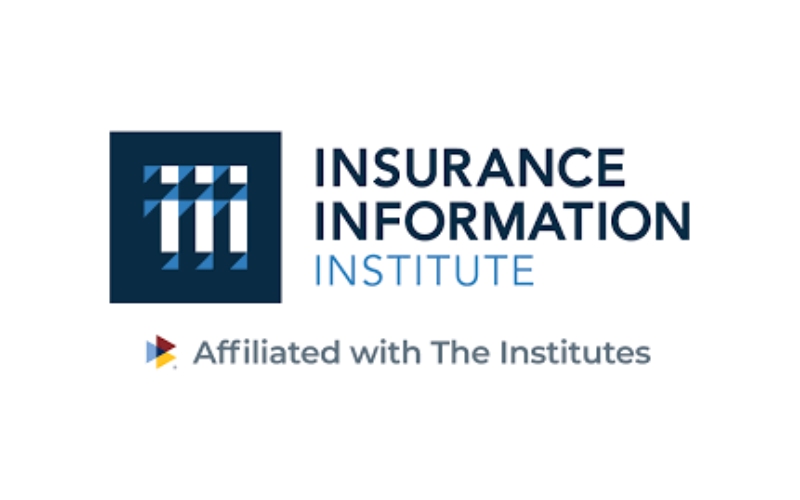The Insurance Information Institute’s (Triple-I) recent Issues Brief highlighted misconceptions of risk-based pricing in property/casualty insurance, which some perceive as unfair, and recommended solutions, including modernising building codes and proactive mitigation measures.
 Risk-based pricing means offering different prices for the same level of coverage based on risk factors specific to the insured person or property. It allows insurers to offer lower premiums to policyholders with favorable risk factors while ensuring sufficient resources to pay claims for all customers.
Risk-based pricing means offering different prices for the same level of coverage based on risk factors specific to the insured person or property. It allows insurers to offer lower premiums to policyholders with favorable risk factors while ensuring sufficient resources to pay claims for all customers.
Sean Kevelighan, CEO of Triple-I, said, “Without risk-based pricing, lower-risk consumers would end up subsidising riskier ones.
“That would force insurers to overcharge some customers and undercharge others, putting the companies’ financial stability – and their ability to pay claims – at risk.”
The report noted that confusion can arise when actuarially sound rating factors intersect with other characteristics, which critics sometimes perceive as unfair.
For instance, concerns have been raised about the use of credit-based insurance scores, geography, home ownership, and motor vehicle records in setting home and car insurance premiums. Given the complex models used to assess and price risk, this confusion is understandable. To manage this, insurers employ teams of actuaries and data scientists to quantify and differentiate among a range of risk variables while avoiding unfair discrimination.
Triple-I highlighted that climate-related risks and inflation have further complicated insurance pricing. Areas once less vulnerable to wildfires and hurricane-related flooding are increasingly exposed to costly natural disasters, while more people are moving into high-risk coastal and wildland-urban interface areas.
The Issues Brief calls for partnerships among insurers, governments, and other stakeholders to address affordability challenges.
The report recommended modernising building codes and incorporating resilience into infrastructure investments, as well as incentivising homeowners to invest in mitigation and resilience measures. It also warns against excessive price regulation that constrains insurers’ ability to write coverage profitably.
“Strong building codes and proactive mitigation are critical to protecting communities and keeping insurance affordable,” Kevelighan added. “These measures help insurers remain financially strong so they can pay claims when disasters strike.”
The post Triple-I calls for mitigation measures amid misconceptions about risk-based insurance pricing appeared first on ReinsuranceNe.ws.
